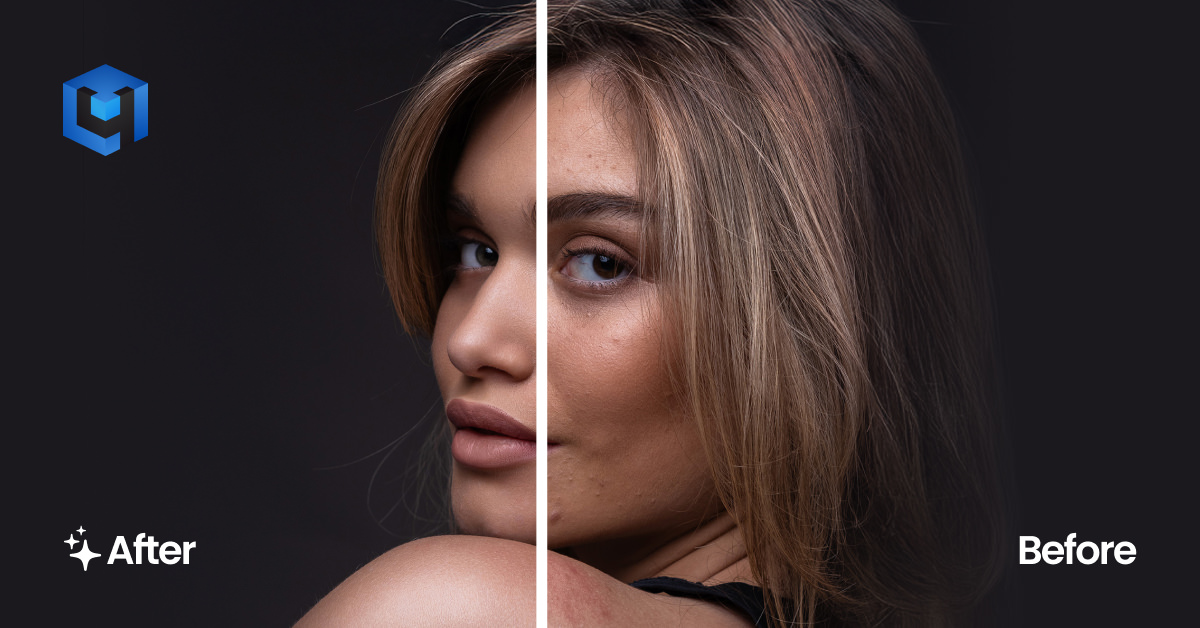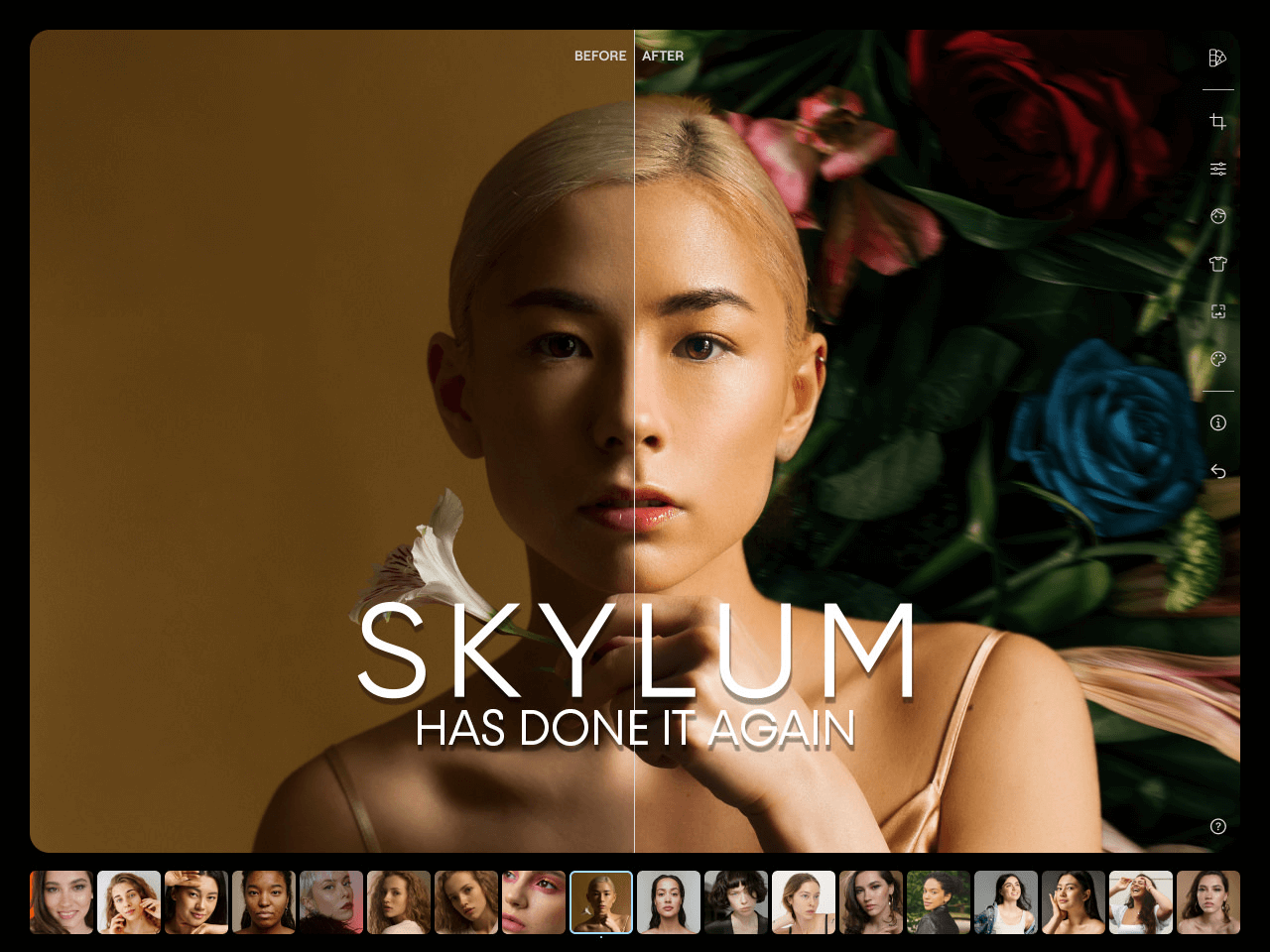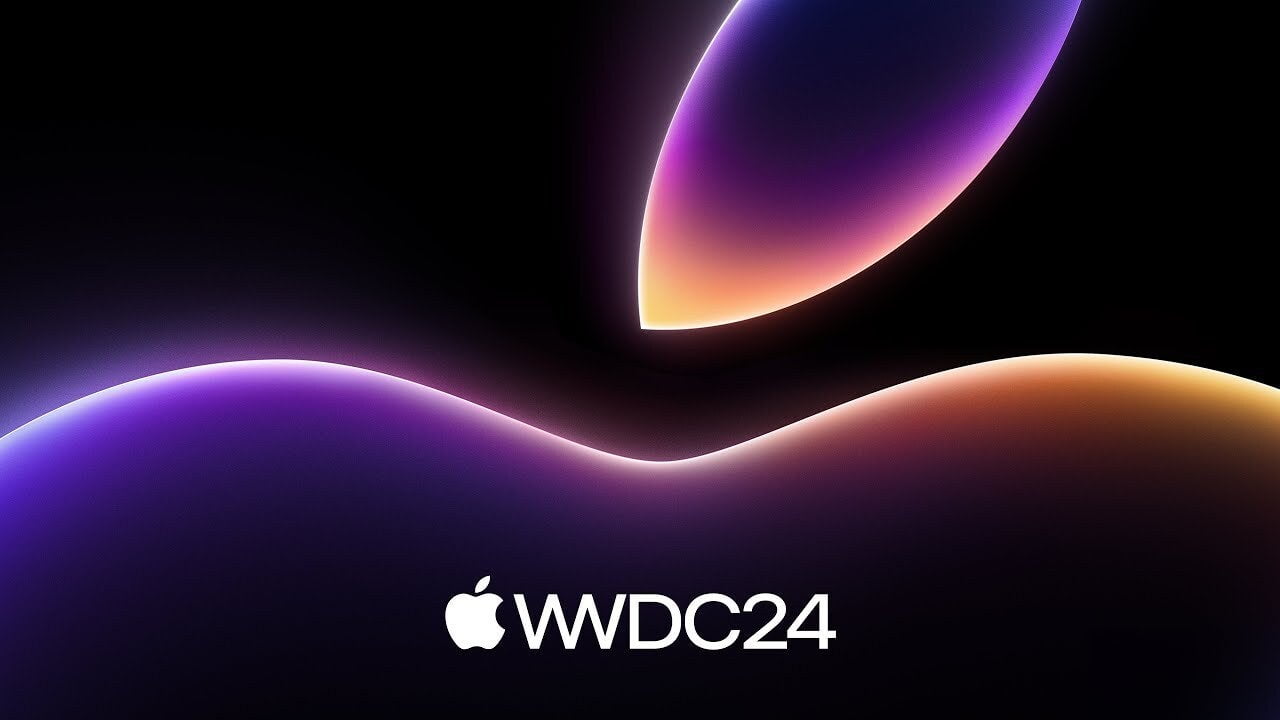Everything You Need to Know About Cara, the AI-Free Social Media Platform for Artists
Have you heard about Cara? This app has taken the art community by storm in the past week. It skyrocketed from 40,000 to 700,000 users in just seven days, mainly thanks to Instagram's controversy over using images to train AI.
With its recent surge, the numbers are likely even higher now. The app also cracked the top 5 in the Apple App Store for social networks in the US, beating out big names like Twitter and Reddit for downloads during that spike.
Its main selling point? Cara’s strong no-AI policy has made it a haven for artists seeking a trustworthy platform.
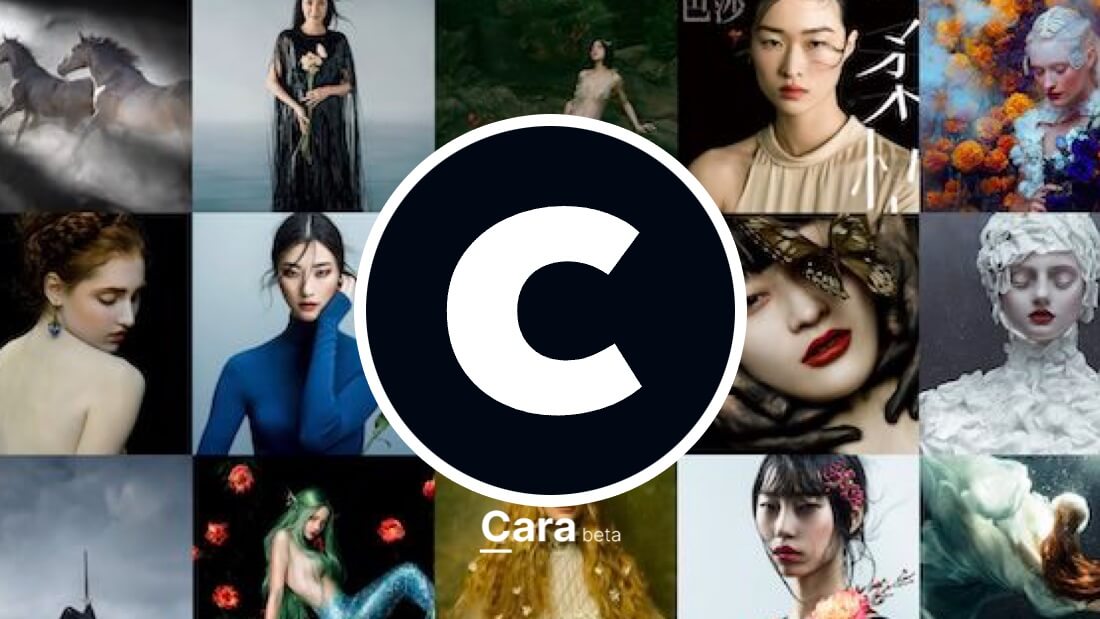
What is Cara?
Cara is a social media app designed specifically for artists for Android, iOS, and even works online via its website. It's free to use, and its popularity has recently soared due to its strict ban on AI-generated art. While free to use in its entirety, the team do welcome donations to help keep the app running.
If you’re familiar with Instagram, you’ll find Cara’s interface comfortably similar. You get a profile with a bio, follower counts, and the ability to post images with captions and hashtags. There’s a ‘Discover' tab for exploring others' work, and you can like and comment on posts just like on Instagram.
Who Owns Cara?
Cara was founded by Singaporean photographer Jingna Zhang. Launched in January 2023, it’s currently run by a small team of volunteers.
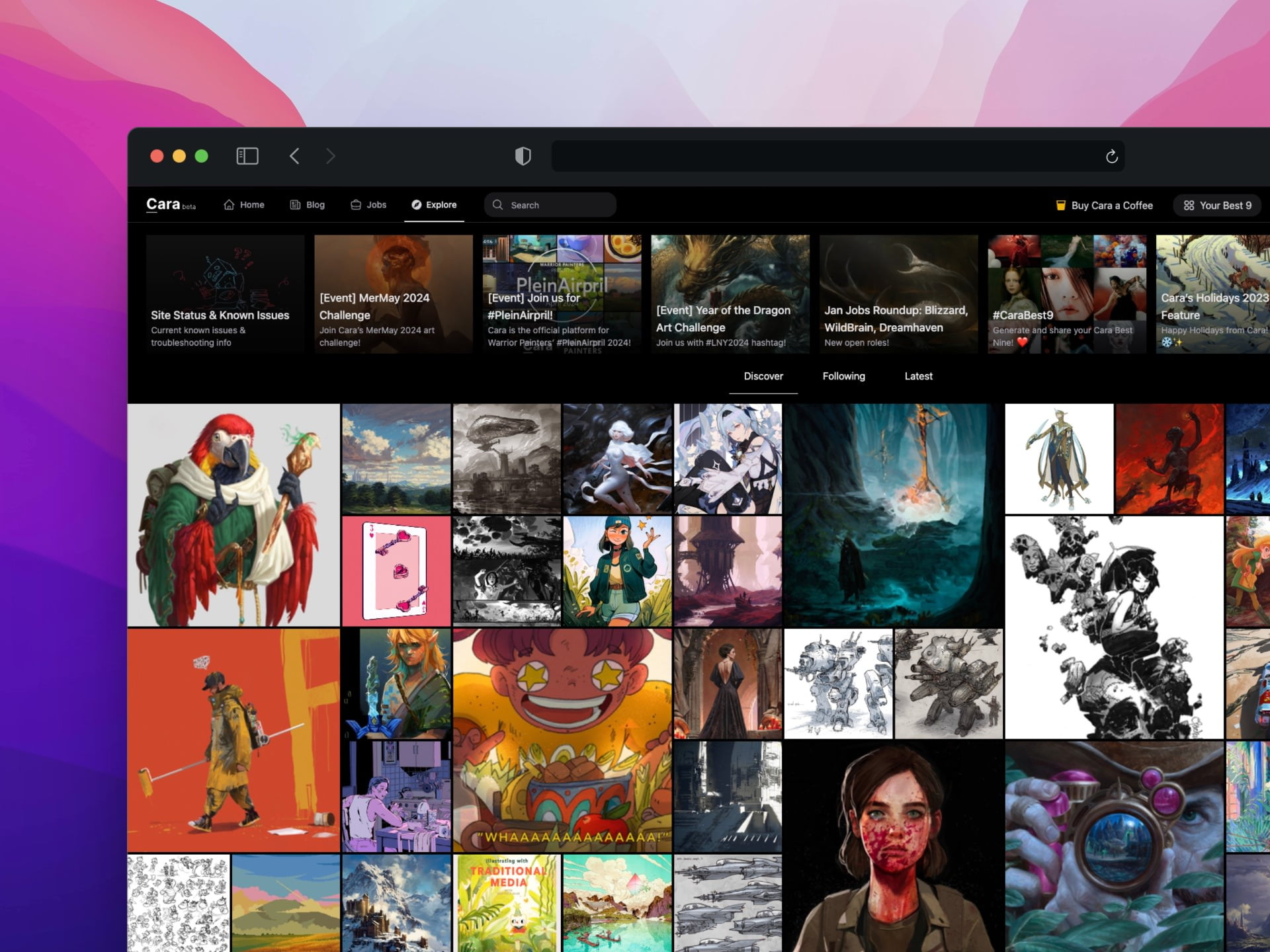
Instagram vs Cara
But Cara isn’t just a clone of Instagram. It’s got some unique features tailored for artists. For instance, your profile highlights are called a ‘Portfolio.' When you add posts to your portfolio, you can tag the medium, project type, category, and software used.
It’s like Instagram meets ArtStation, designed to showcase creative work.
Cara and Instagram may have a similar interface at first glance, but there are key differences. Cara doesn’t use passwords—you log in through Google or Apple. And unlike Instagram, it lets you reorder your Portfolio posts even after uploading them.
Instagram was born as the de facto social media app for Photography, while Cara was made for more generic Art. While the Discover page is dominated by illustrations and animations, photographers are still welcome too.
You can upload any non-explicit, AI-free images, including screenshots. Zhang herself has posted her photography, encouraging more photographers to join.
While Cara doesn’t support video files yet, it does allow GIFs. These can be displayed directly in your feed, making this app a favourite among animators.
Interestingly, Cara also features a Jobs board so artists can find some opportunities through the platform. Right now, there is a post for a concept artist at Blizzard, so…
How Does Cara Block AI Art?
Cara uses a third-party service to detect and moderate AI-generated images automatically. As with everything automated, the system may have flaws. But Cara is ran by volunteers and they admit they don’t have the manpower to manually review every image.
On their website, they are currently looking for developers to join their ranks. This may mean an improved detection as well.
To protect against image scraping, Cara automatically adds a ‘NoAI' tag to uploaded images. These tags are supposed to deter AI scrapers, but their effectiveness depends on scrapers playing fair. It wouldn't take much for a less sensible developer to simply instruct the scraper to ignore the tags.
Hopefully, browsers can also play a role by not serving images with these tags to bots.
By the way, this is a simple form of protection you can also add yourself to your website. Simply add the following line of HTML code in the header section of your website (on each page containing images you would like to protect). Most image-scraping tools will honour the directive.
<meta name="robots" content="noai, noimageai">For extra protection, Cara recommends using Glaze. It's a tool developed within the University of Chicago that cloaks your art’s style to shield it from AI training. With the surge in popularity, the team are now working on integrating Glaze into Cara for easier use.
Can Cara Really Compete?
Cara’s rapid growth is impressive—it went from 40,000 to over 700,000 users in a week in June. But that’s still a drop in the ocean compared to Instagram’s two billion users. Cara’s focus on static art might keep it from going mainstream, but it creates a tight-knit community.
Currently, Cara faces challenges in scaling up. The surge in traffic has caused some crashes, and their small team relies on donations to keep things running. Without a more stable revenue model or major investment, Cara’s long-term survival isn’t guaranteed.
For now, Cara’s small community fosters a positive, inspiring environment. There are no ads, no endless reels, just pure art. New users describe it as a “peaceful” alternative to Instagram.
However, if you’re looking to sell your art, Cara might not be the best place yet. Its audience is mainly other artists, not potential buyers. Cara plans to expand to other art communities and industries, so this could change if it stays afloat.
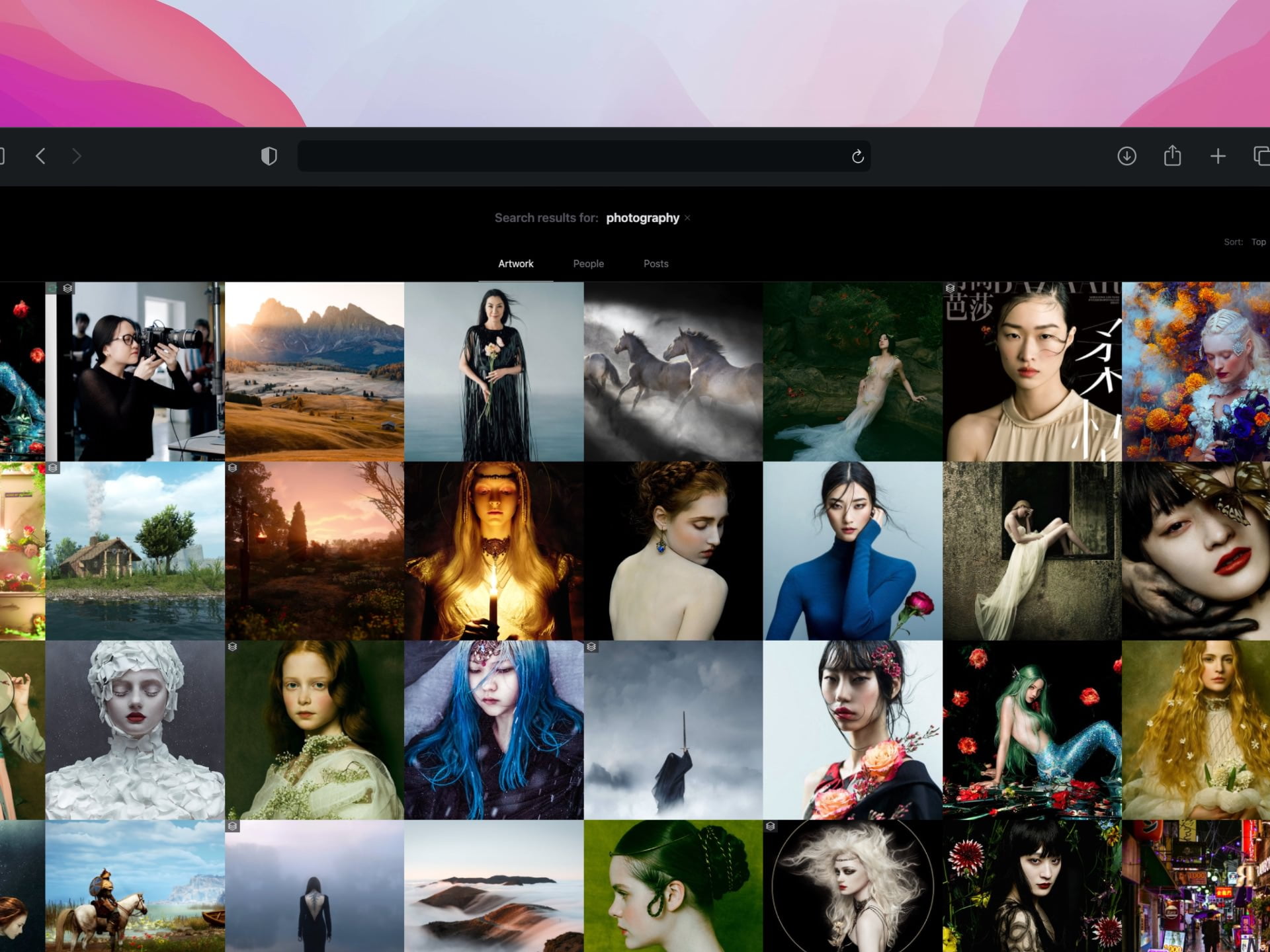
Is Cara Another Fad?
Who knows these days? It is certainly not the first time an alternative app has seen this surge in popularity and been labelled the Instagram-killer. The most recent one is probably Vero. Despite paid endorsement from YouTube celebrities like Peter McKinnon, it turned out that the app was a scam. Well, it works, but the sole goal of the app is to collect data and resell it to the Chinese government and other unknown entities.
There are viable alternatives for Artists and Photographers, of course. The first trustworthy one that comes to mind is EyeEm, which has a fantastic community of enthusiasts. But none of the alternatives has the reach that Instagram has, if you are looking to expand your audience and be seen. Except for TikTok, of course, but it doesn't serve the same static content.
But Cara is regularly featuring its artists on Instagram, so you can still have a chance there.
Why Are Artists Leaving Instagram?
Instagram is losing its charm for many artists. The influx of ads and algorithm changes favouring video content over static art has frustrated users. The final straw for many was Meta’s use of Instagram images to train its AI image generator, with no opt-out option for most users (but you can try following the guide here).
Instagram's AI-generated content has also become a sore point. The ‘Made with AI' label is supposed to flag AI-created posts, but its accuracy is questionable. Some users have seen minor retouched photos tagged incorrectly, while fully AI-generated images slip through unnoticed.
Cara, with its no-AI stance and artist-friendly features, offers a breath of fresh air for those disillusioned with Instagram.
If you’re an artist looking for a supportive, ad-free community, Cara might be worth a try. And of course, I have my @fabienb account on Cara as well, so follow me!
